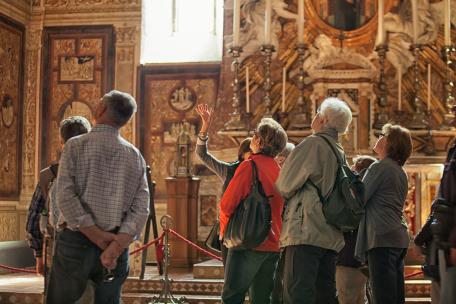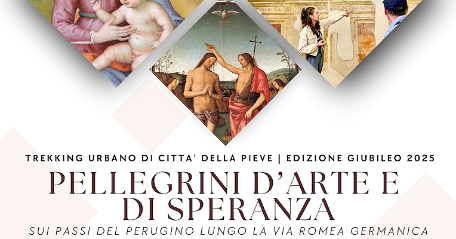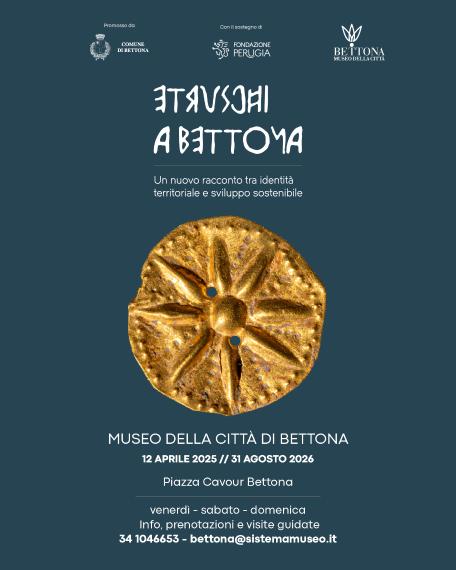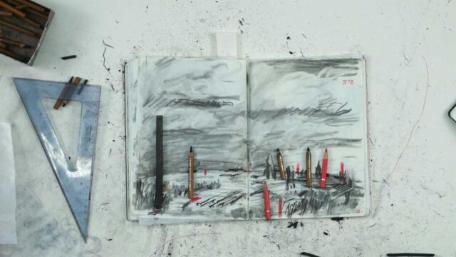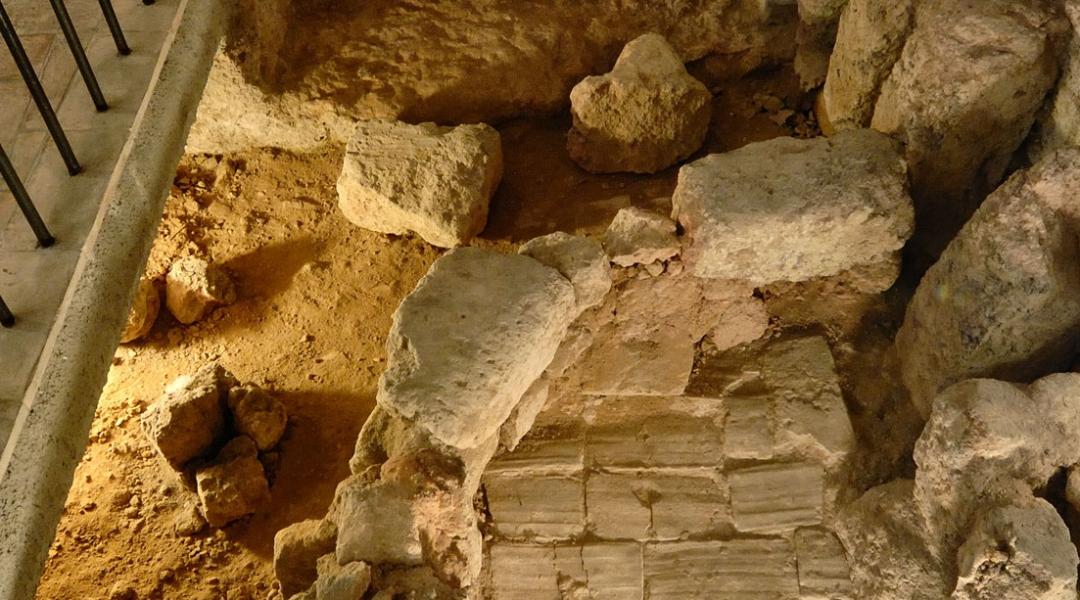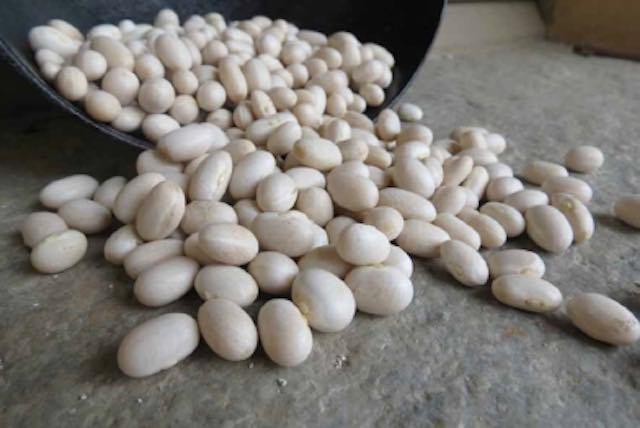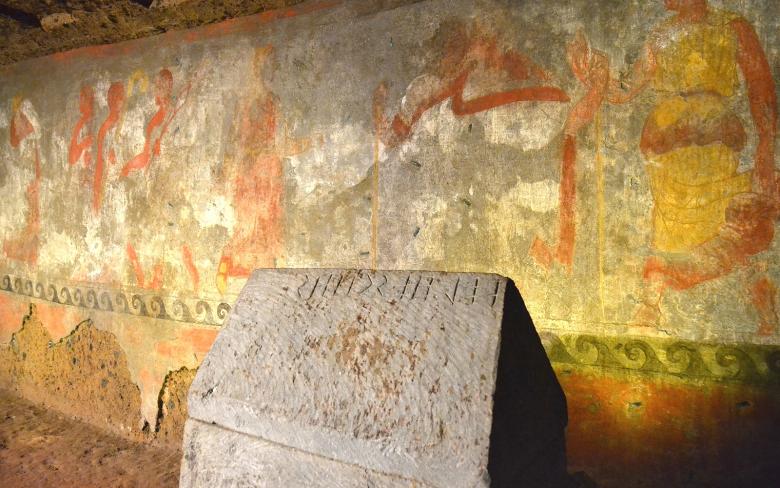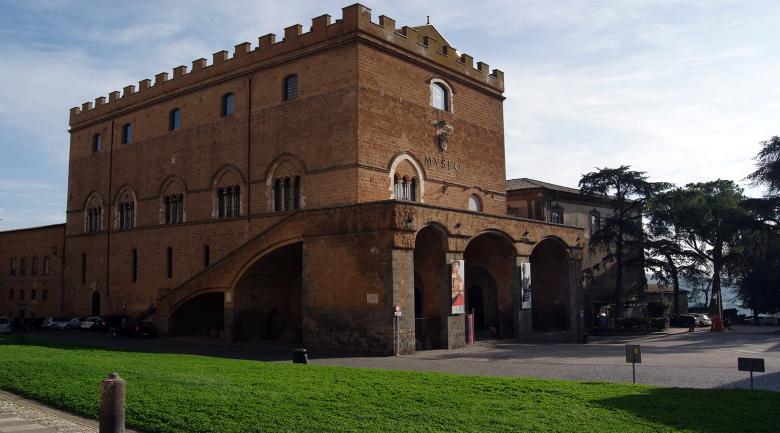Pozzo della Cava - Orvieto
The Pozzo della Cava is an underground archaeological complex in the city of Orvieto featuring important finds dating from the Etruscan period to the Renaissance. Its name is linked to the presence of a quarry for building materials exploited in the eighteenth and nineteenth centuries, where it is still possible to admire the marks left by the extraction of blocks.
This masterpiece was manually excavated in a particular type of lithoid tuff known as “Orvieto ignimbrite”, the same stone on which the city was built.
In 2023, this grand hydraulic work was included in the UNESCO-IHP Global Network of Water Museums programme for its invaluable historical and cultural discoveries related to water research, collection and preservation over a span of 25 centuries.
An impressive hydraulic work
The structure of the well, with a total depth of 36 metres, consists of two parts: the larger one, circular in shape, has a diameter of approximately 3.40 metres, next to which is a rectangular section shaft dating back to the Etruscan period. The deeper section was built between the 5th-6th centuries B.C. in order to check for the presence of potential aquifers. Along the steep walls of the shaft one can still admire carved notches, called “pedarole”, made to facilitate climbing up and down.
The original Etruscan structure was expanded by Pope Clement VII, who took refuge in Orvieto to escape the Sack of Rome in 1527, with the intention of ensuring access to a source of spring water in case of future sieges.
The work inspired the renowned Renaissance architect Antonio da Sangallo the Younger (1494-1546) who, after using tuff extracted from the well for the construction of Palazzo Pucci, was so impressed by it that he modelled the Pozzo della Rocca, today known as Pozzo di San Patrizio (St. Patrick’s Well), after it.
In 1646, the municipal authorities ordered its closure, as evidenced by an inscription on a plaque originally placed near the well’s parapet. Although the reason is not documented, it is likely that the closure was ordered during the War of Castro to prevent enemy troops from entering the city by using the well as an access point.
The well remained forgotten until its rediscovery in December 1984 during renovation works carried out by Tersilio Sciarra, the owner of a house in the Orvieto district. The discovery of a cavity in the tuff revealed a hidden corner beneath Orvieto, bringing forgotten treasures back to light.










